Tag: pond
Categories
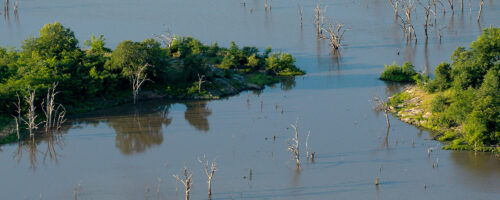
Regenerative Ranching Runs Downstream
Estimated reading time: 8 minutes
Land management decisions have consequences – both good and bad – for your ranch’s watershed and th...
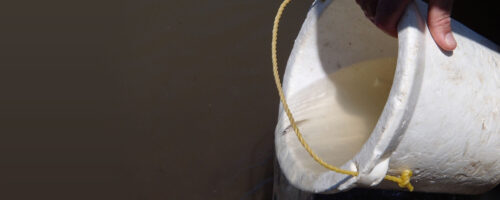
Think Before Putting Fish, Plants, Water and More in a Pond
Estimated reading time: 4 minutes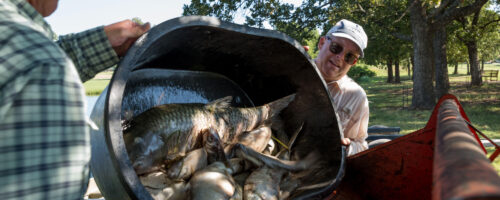
Dead Fish in Summer? Low Dissolved Oxygen Is Usually the Culprit
Estimated reading time: 4 minutes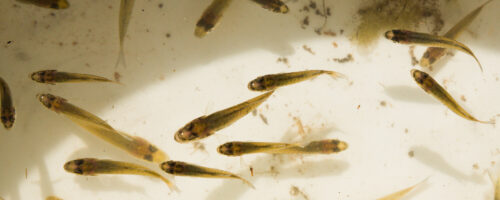
Seine Surveys Provide Insights About Fish Populations
Estimated reading time: 5 minutes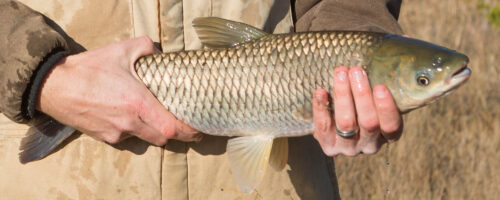
Grass Carp Is an Option to Control Aquatic Plants
Estimated reading time: 6 minutes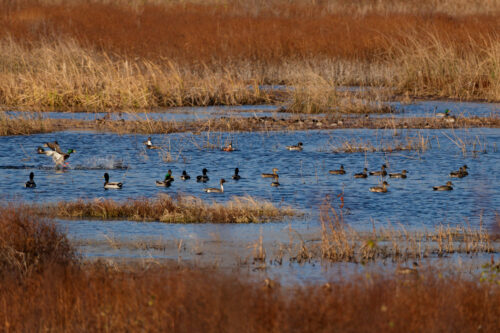
Depth, watershed considerations guide pond design
Estimated reading time: 4 minutes
Two characteristics that should be considered before constructing a new pond are depth and watershed.
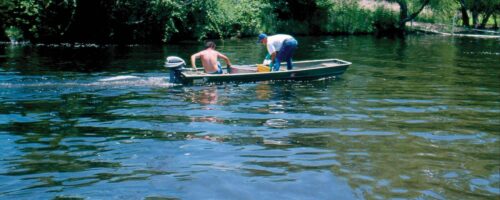
Fish Population Renovation During Drought
Estimated reading time: 4 minutes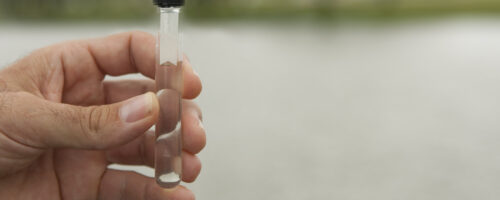
Fish Pond Water Quality: As Simple as Chemistry 101
Estimated reading time: 4 minutes
Water quality is one of the most overlooked aspects of pond management - until it affects fish production...
Parasite Problems in Ponds
Estimated reading time: 2 minutes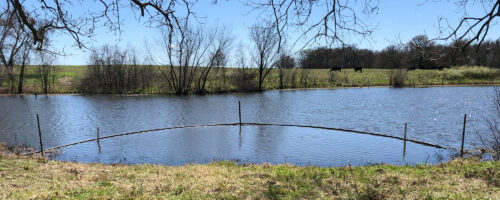
Pond Fencing
Estimated reading time: 3 minutes
Pond fencing helps reduce erosion and improve water quality where livestock create bare banks and trails...